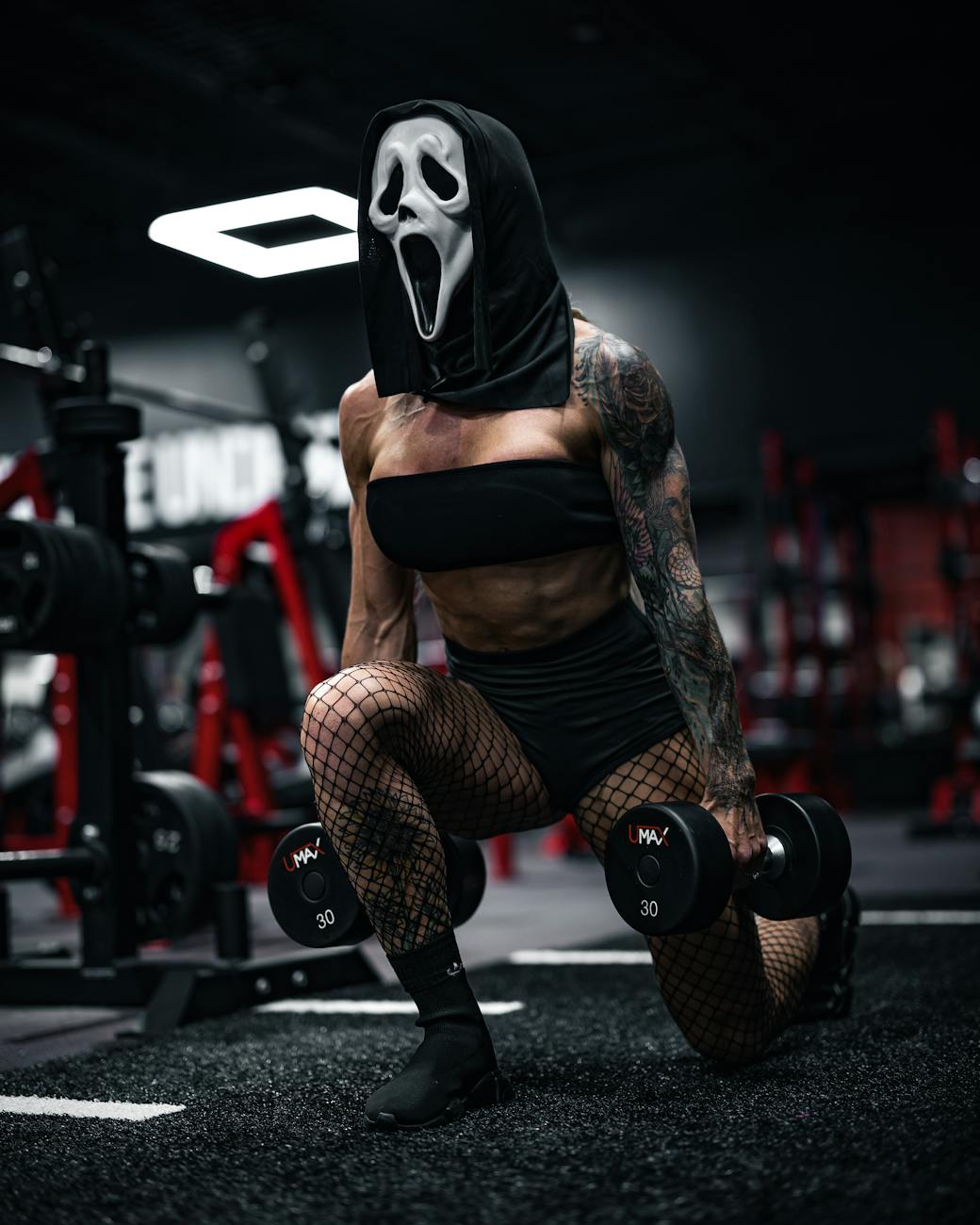
Unlock Your Fitness Potential: Your Ultimate Guide to Beginner Workouts
Feeling overwhelmed by the gym or unsure where to start your fitness journey? You're not alone. Many people find the world of exercise daunting. But it doesn't have to be! This guide is designed to demystify beginner workouts and set you on a path to lasting health and strength.Table of Contents
- Why Start Your Fitness Journey Today?
- The Essential Elements of Effective Beginner Workouts
- Your First Step to a Stronger You: Sample Beginner Workout Plan
- Making Progress Beyond the Basics
- Frequently Asked Questions
Why Start Your Fitness Journey Today?
Starting a new fitness routine can feel like a big leap. But the benefits are incredible, and the best time to begin is always now. Think about the energy boost you'll feel. More stamina for daily tasks means less fatigue. You'll also notice improvements in your mood and stress levels. Plus, building a consistent workout habit sets you up for long-term health. It's an investment in your future well-being that pays dividends.The Essential Elements of Effective Beginner Workouts
A well-rounded beginner workout focuses on a few key areas. We want to build a solid foundation. This includes cardiovascular exercise to improve heart health and endurance. Think brisk walking or cycling. We also need strength training to build muscle and boost metabolism. Bodyweight exercises are perfect for this. Finally, don't forget flexibility and mobility. Stretching helps prevent injuries and improves range of motion.Cardio for Beginners
Cardio is crucial for burning calories and strengthening your heart. You don't need to run a marathon to get these benefits. Aim for activities you enjoy that get your heart rate up. Brisk walking, dancing, or even using an elliptical machine are great starting points. Start with 20-30 minutes, three times a week. Gradually increase the duration or intensity as you get fitter.Strength Training for Beginners
Building strength doesn't require heavy weights right away. Your own body is a powerful tool. Focus on compound movements that work multiple muscle groups. These are efficient and effective for beginners. Examples include squats, lunges, push-ups (on your knees if needed), and planks. These exercises build a strong core and full-body power.Flexibility and Mobility
This often-overlooked aspect is vital for preventing injury. It also makes your movements feel smoother and more controlled. Incorporate static stretches after your workouts. Hold each stretch for 15-30 seconds. Target major muscle groups like your hamstrings, quadriceps, chest, and back. Gentle yoga or Pilates can also be excellent additions.Your First Step to a Stronger You: Sample Beginner Workout Plan
Here’s a simple plan to get you started. Remember to listen to your body and modify as needed. This plan includes a mix of cardio and strength. Perform these workouts 3-4 times per week, with rest days in between.Warm-Up (5-10 minutes)
Start with light cardio like jogging in place or jumping jacks. Then, do some dynamic stretches like arm circles, leg swings, and torso twists.
Strength Exercises (Perform 2-3 sets of 10-12 repetitions)
- Squats: Stand with feet shoulder-width apart, lower your hips as if sitting in a chair.
- Push-ups: On knees or toes, lower your chest towards the floor.
- Lunges: Step forward, bending both knees to 90 degrees. Alternate legs.
- Plank: Hold a push-up position on your forearms. Engage your core. Aim for 20-30 seconds.
- Glute Bridges: Lie on your back, knees bent, lift your hips off the floor.
Cardio Session (20-30 minutes)
Choose one of the following: brisk walking, cycling at a moderate pace, or using a treadmill.
Cool-Down (5-10 minutes)
End with static stretching. Hold stretches for major muscle groups for 20-30 seconds each.
Making Progress Beyond the Basics
Once you feel comfortable with this routine, you can start to progress. Don't rush this; consistency is key at first. Gradually increase the weight if you're using dumbbells or resistance bands. You can also increase the number of repetitions or sets. For cardio, try increasing the duration or intensity. Consider adding interval training once you have a good base. Don't forget to challenge yourself with new exercises. Explore different types of workouts to keep things interesting and effective.FAQ
What if I have no equipment?
You don't need any equipment to start! Bodyweight exercises like squats, lunges, push-ups, and planks are incredibly effective for building strength and endurance.
How often should I work out as a beginner?
Aim for 3-4 days a week, allowing for rest days in between. This gives your muscles time to recover and rebuild, which is crucial for progress and preventing injury.
What if I feel sore after a workout?
Soreness is normal, especially when you're new to exercise. It's a sign your muscles are adapting. Gentle movement, stretching, and proper hydration can help alleviate soreness.
How long until I see results?
You'll likely feel stronger and have more energy within a few weeks. Visible changes in your physique usually take a few months of consistent effort, but the internal benefits start much sooner.
Is it okay to modify exercises?
Absolutely! Modifying exercises is not a sign of weakness, but of intelligence. Listen to your body. If an exercise causes pain or is too difficult, find a variation that works for you.


0 Comments